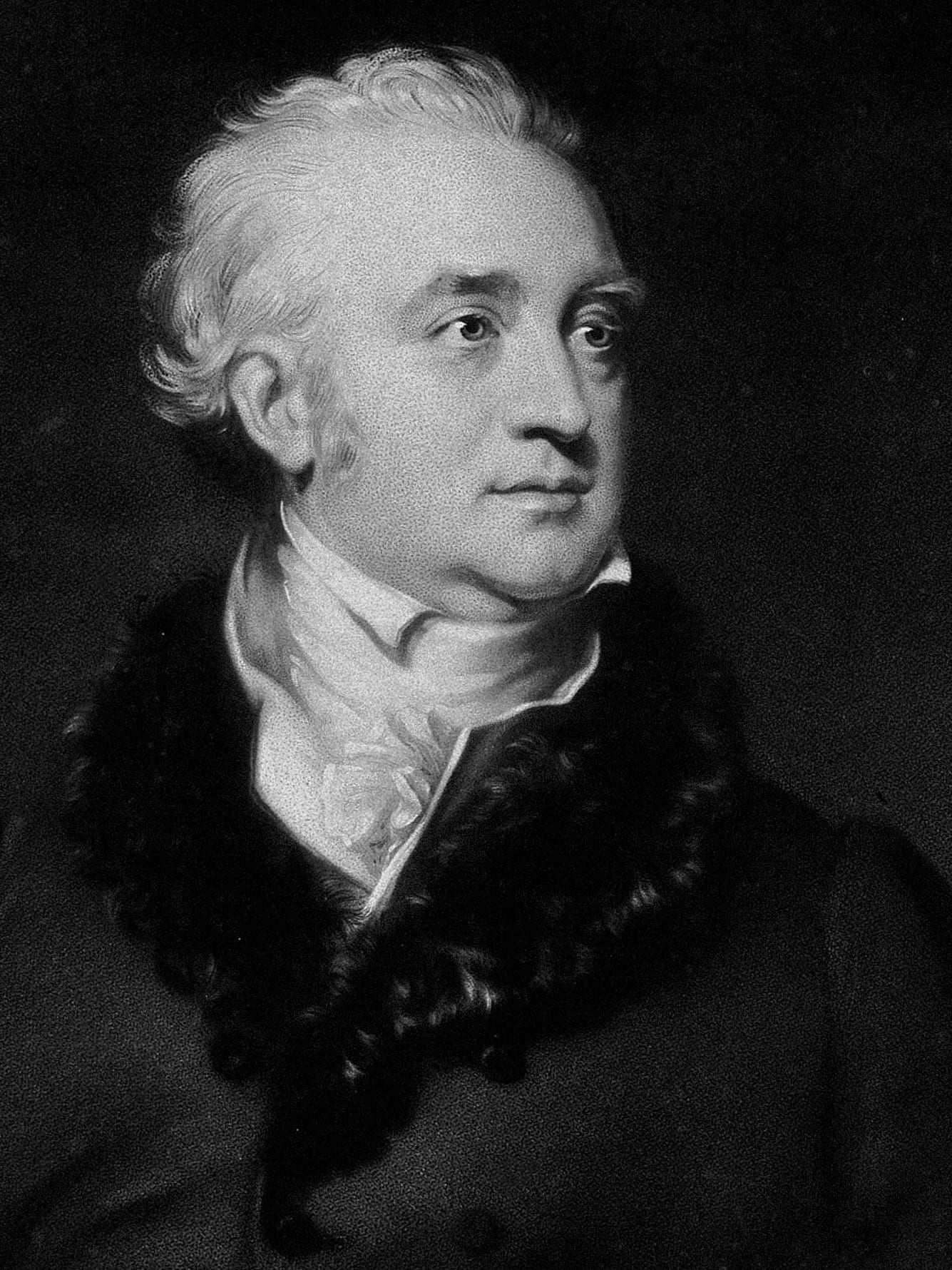Astley Cooper

Sir Astley Paston Cooper (1768-1841) an English surgeon and pioneer in experimental surgery
Cooper was devoted to the study and teaching of anatomy, and is said to have dissected daily throughout his career. President of the Royal College of Surgeons on two occasions (1827 and 1836).
Performed various operations at a time before antiseptic procedures. The first to tie the abdominal aorta in treating an aneurysm (1817) and in 1820 he excised and infected sebaceous cyst from the scalp of King George IV.
Sir Astley Cooper is credited with the first or very early reports of sternoclavicular dislocation; Galleazi fracture; Tillaux Fracture; and the Monteggia fracture
Biography
- Born August 23, 1768 in Norfolk
- Died February 12, 1841 in London
If you are too fond of new remedies, first you will not cure your patients; secondly, you will have no patients to cure
Medical Eponyms
- Cooper’s disease – multiple, benign cystic growths in the breast
Key Medical Contributions
Galleazi fracture (1822)
First described the Galleazi fracture pattern in 1822 and published in his treatise on dislocations, and on fractures of the joints in 1824 some 110 years prior to Galeazzi’s publication. [1824: 473–476; and plate XXVIII Fig 1,2]
Tillaux Fracture (1822)
One of the first to describe: Tillaux Fracture in his chapter in 1824 on dislocation of the ancle joints
Monteggia fracture (1824)
Cooper described anterior, posterior, and lateral dislocations of the radial head with and without fracture of the ulna in his treatise on dislocations, and on fractures of the joints.
LATERAL DISLOCATION OF THE RADIUS. Mr. Freeman, Surgeon, of Spring-gardens, brought to my house a gentleman of the name of Whaley, aged twenty-live years, whose poney having run away with him, when he was twelve years of age, he had struck his elbow against a tree whilst his arm was bent and advanced before his head. The olecranon was broken, and the radius dislocated upwards and outwards, above the external condyle; and when the arm is bent, the head of the radius passes the os humeri. He has an useful motion of the arm, but neither the flexion nor the extension is complete.
Cooper 1824: 444
Controversies
War of words with Henry Earle (1789 – 1838) when he proposed that neck of femur fractures could unite with conservative management only… Upon reading this work, Sir Astley Cooper was heard to exclaim ‘Good God! Is this written by an English surgeon ‘ and charged Earle with misleading the rising generation of surgeons. Acrimonious discourse at a meeting of the London Medical Society was recorded in the Lancet 1823.
I have been baffled at every attempt to cure, and have not yet witnessed one single example of union in this fracture….no argument can ever settle the question of the possibility of union, which can only be decided by observation.
Cooper 1823
…the question never can be decided in the affirmative by following the doctrines which he [Cooper] has inculcated, as the practice Sir Astley recommends and follows renders union by bone a moral impossibility…there is no actual law in the animal economy prohibiting such union. By reasoning, I have endeavored to explain the causes which have hitherto contributed to interrupt bony union, and by reasoning, I hope to induce my professional brethren not to abandon these cases as hopeless.
Earle 1824
Major Publications
- Cooper AP. Observations on the effects which take place from the destruction of the membrana tympani of the ear. 1800
- Cooper AP. Mr. Astley Cooper’s lectures on surgery; delivered at the anatomical theatre of St. Thomas’s Hospital, 1808-1809
- Cooper AP, Travers B. Surgical essays. 1818 [Vol II]
- Cooper AP. Outlines of the lectures on surgery. 1820
- Cooper AP. A series of lectures on the most approved principles and practice of modern surgery. 1821
- Cooper AP. A treatise on dislocations, and on fractures of the joints. 1824 [1e 1822]
- Cooper AP. The lectures of Sir Astley Cooper. 1824 [Vol II]
- Cooper AP. Operation for strangulated inguinal hernia. 1824
References
Biography
- Fresquet JL. Astley Paston Cooper (1768-1841). Historia de la Medicina.
- Archive: COOPER, Sir Astley Paston (1768-1841). King’s College London College Archives
Eponymous terms
